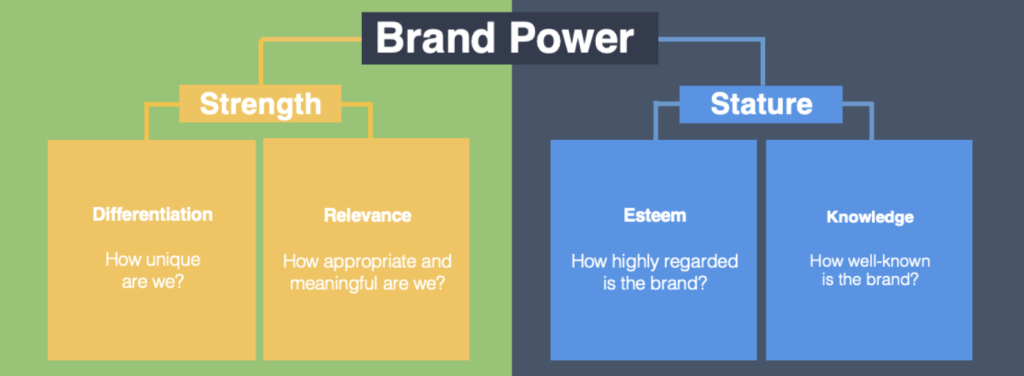How to roll out new brand communications without damaging brand strength
If you target a B2B niche, your brand becomes one of your most crucial assets. It can both help you and harm you. What we often see is that it can lose potency as it is rolled out. The hero assets are brilliant, creative and hard-hitting. By the time the roll-out is covering product brochures, datasheets and social media content, these three words no longer apply. And this harms our brand’s strength.
How do we measure brand strength?
Brand power depends on how strongly your brand is perceived by your audience. Brand strength hinges on multiple factors: how unique and differentiated it is compared to competitors, and how relevant it is to your customers by effectively addressing their problems and challenges.
A strong brand also exhibits stature in two ways: it garners high esteem from customers and audiences, indicating their respect for it, and it enjoys widespread recognition and high levels of brand awareness. Having a well-defined, unique, and respectable brand is futile if no one has heard of it.
These factors are clearly outlined in the Y&R Brand Asset model, which consists of four areas: differentiation, relevance, esteem, and knowledge. These components enable you to assess and manage your brand’s health and manage its lifespan. It also gives a great framework for assessing health.

When rolling out brand communications, the risk of inadvertently diluting brand potency exists — especially if storytelling and activation don’t align with the initial brand strategy. With brand guidelines, businesses and marketers have a roadmap to maintain brand strength. The key challenge is ensuring this strength permeates all ongoing communications consistently. In reality, this is harder than it sounds.
When implementing brand communications to sustain the strength established in the brand strategy, there are two crucial areas for B2B marketers to focus on:
Storytelling and creativity:
Every communication requires compelling storytelling, with a narrative underpinned by the brand strategy, tailored to the audience and subject matter. It should be creatively strong to stand out.
Weak storytelling or a disconnect from the brand strategy can harm overall brand effectiveness. Documents such as datasheets or internally generated proposals are particularly susceptible to falling foul to this. We encourage developing “Dos and Don’ts” to identify those communications that don’t make the grade. It makes having a conversation with the author much easier, too.
Activation:
The second aspect is the activation itself. Different channels and different media present distinct challenges. To produce communications, you must have technical knowledge of how each channel works, combined with thinking around accessibility, too. They allow you to make sure that each individual communication represents the brand effectively and protects the brand strength that comes from being held in high esteem.
Redeploying information across channels without considering the actual experience of seeing it is never smart. After all, your brand is judged every time it is experienced.
In summary, maintaining brand strength is reliant on consistent, clear, and relevant communications with robust storytelling and effective activation, aligned with the original brand strategy. If you are rolling out your brand strategy, don’t lose sight of them.
















